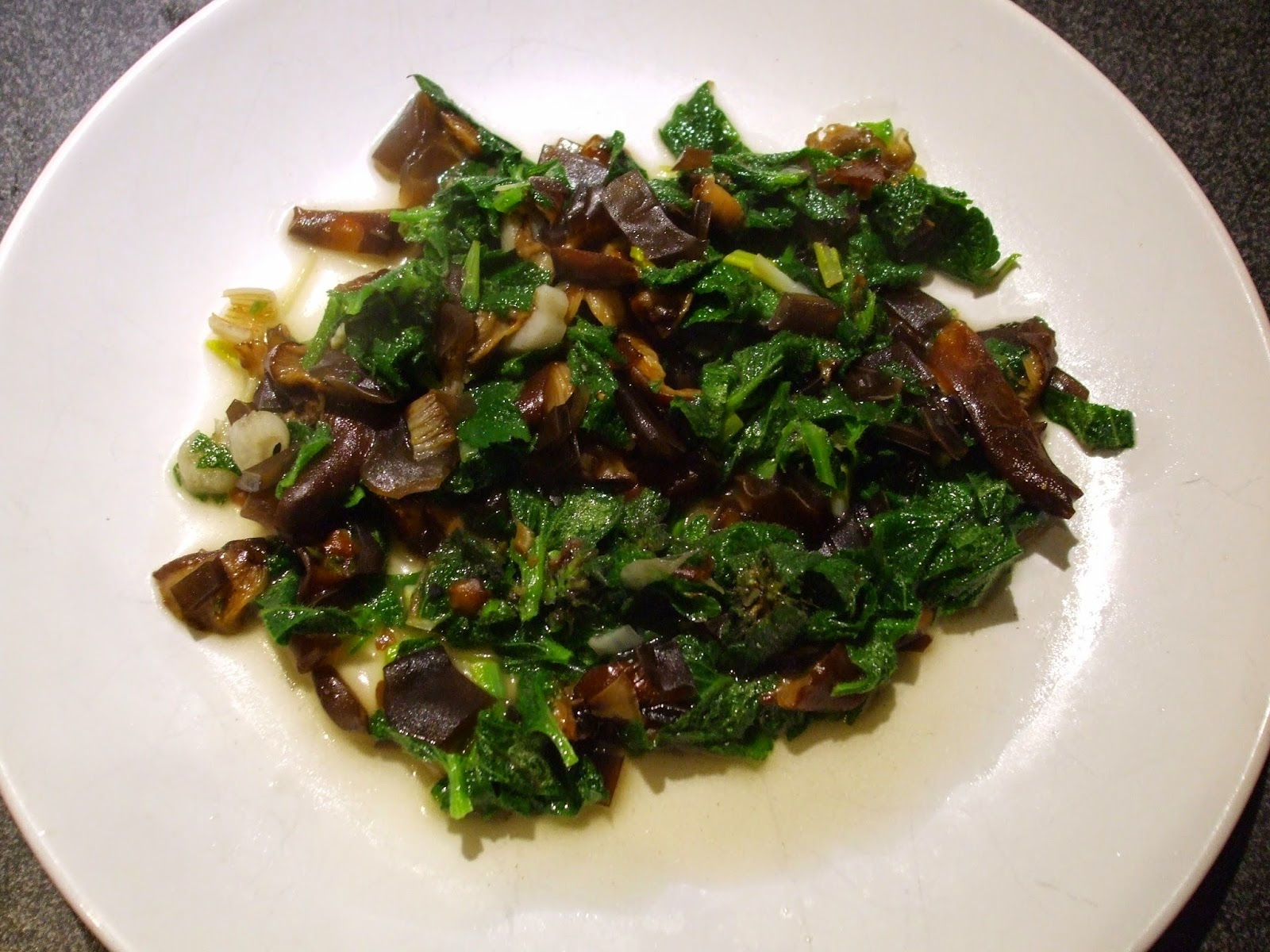It has been a busy week because I have been able to get to the allotment and crack on with the many jobs I need to catch up on. For instance I re-felted my shed roof in the bitter cold wind, and discovered that it was leaking because someone had screwed a baton down the centre of it. It's lovely and dry, if very untidy inside now. (Next job is shelves and hooks!)
The plan was to dig/weed a patch and plant some fruit bushes and trees and collect a bucket full of weeds for dinner at the same time. In the end it was quite hard work and poor weather, I was hailed on twice, so I was too busy to sort through any potentially tasty weeds.
The next day I walked the dog past my hazel patch and decided to see if there were still any fallen nuts lying around. There were loads, because the squirrels still haven't found this patch. They looked a bit damp and muddy, but I took a dozen home for inspection.
I also saw this lovely plant growing on the bank. It turns out it is Lesser Celandine, and I keep seeing it everywhere now. It isn't edible as such but is used as an herbal remedy for piles. The roots give you a clue! (Wild Drugs: A Foragers Guide to Healing Plants, by Zoe Hawes)
You never know, there may come a day when that knowledge is useful, although I sincerely hope not ;-)
The first cobnut I cracked open had a perfect little nut inside, and a small nibble confirmed that it wasn't bad but perfectly edible. Dinner was looking positive..........but then the next 11 shells were empty!
Maybe I would give up for this week, as February is such a lean unfriendly month for the forager. If I was hungry, then worms may possibly be on the menu at this point.
What a shame that the lovely looking jelly ears I see when I am walking are so unpalatable. There was no way I was picking them....unless I had something flavourful to cook them with.
Then to my rescue I found the small and muddy shoots of some wild garlic (ramsons) whilst walking the dog. The amazing garlic smell is the sure-fire way to identify them. I only took a few shoots as the aroma was so strong, although the roots are edible too.
I am so glad I did, because growing on the inside of the remaining tree stump were some clusters of velvet shanks. Visions of a garlicky mushroom medley were swimming through my head.
I collected some white and red deadnettles on my way home to provide the 'spinach' and picked the jelly ears. Close to home I decided to investigate these leaves again.
I had brought a few leaves home to identify previously, but without a flower they could have been anything. However this time as I picked the leaves I found little purple flowers hiding underneath.
Sweet violets - the smell confirmed it. Even the leaves seemed to bear the scent. 'Wild Drugs: a forager's guide to healing plants' by Zoe Hawes says that the dried leaves and flowers in an infusion are good for coughs and sore throats. I tasted a leaf, but it didn't have the taste of violet, so I made a cup of fresh violet tea. It was fine, not violet flavour, but very smooth and pleasant.
This was another very tasty meal, the wild garlic making all the difference.
I chopped up the jelly ears very small, in the hope of improving the texture, and fried them with the velvet shanks and garlic, throwing in the deadnettles at the end.
The taste was lovely, even the jelly ears just took on a garlicky flavour. They still had that crunchy slimy texture, but were much more edible in small pieces. If I had more velvet shanks I would have just left out the jelly ears though. There must be a better way of cooking them to tenderise them, and no doubt I will try again because they are so abundant!
I am looking forward to more wild garlic through March and have planted some cultivated garlic at the allotment as a more reliable garlic source. I wouldn't say growing garlic is a dead cert, mainly because of my dodgy gardening skills, but certainly less of a haphazard business than foraging for food is.

















No comments:
Post a Comment